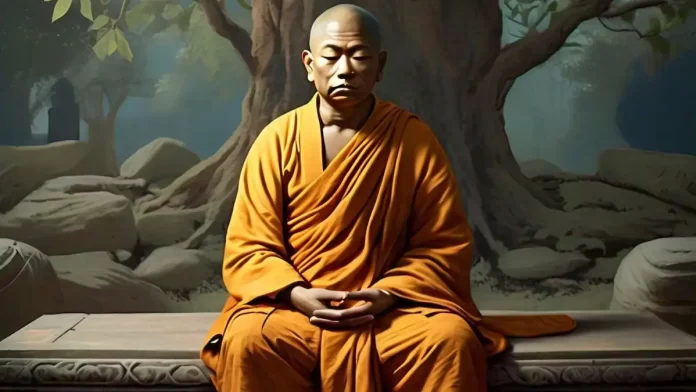The history of Magadha, an ancient kingdom located in what is now modern-day Bihar, is a fascinating tapestry of cultural synthesis, political ambition, and societal transformation. However, its journey to prominence was marred by the disdain of orthodox Brahmins, a prejudice that stemmed from a variety of socio-cultural factors. This historical disdain mirrors the contemporary stereotypes and discrimination faced by the people of Bihar, offering a poignant reflection on how past prejudices continue to shape modern perceptions.
Historical Context of Magadha’s Low Esteem
R.S. Sharma, a renowned historian, provides critical insights into why the people of Magadha were held in low esteem by Brahmins. In his analysis, Sharma points out that the unorthodox character of Magadhan society played a significant role. Magadha was inhabited by the Kiratas and Magadhas, groups that the orthodox Brahmins considered non-Aryan and thus inferior. This perceived inferiority was rooted in several key aspects:
- Ethnic Composition: Magadha’s population was a mix of indigenous groups like the Kiratas and the Magadhas, who were not part of the Vedic Aryan fold. This ethnic composition led to a cultural divergence from the Vedic norms that Brahmins upheld as superior.
- Late Vedicization: Unlike other regions that had been under Vedic influence for a longer period, Magadha had only recently undergone Vedicization. This recent adoption of Vedic practices was seen with suspicion and disdain by the more orthodox regions that had long been under Vedic influence.
- Unorthodox Practices: The Magadhan society retained many of its indigenous practices and beliefs, which were often at odds with Vedic orthodoxy. This included religious practices, social customs, and even dietary habits that Brahmins deemed impure or inferior.
Despite this initial disdain, Magadha’s strategic location and dynamic leadership facilitated its rise to power. The kingdom’s enthusiasm for expansion, fueled by its recent Vedicization and the consequent drive to prove its adherence to Vedic norms, led to the establishment of the first empire in India.
Modern Parallels: Discrimination Against Bihari People
The historical prejudice against the people of Magadha finds echoes in the modern-day discrimination faced by the people of Bihar. Stereotypes portraying Biharis as uneducated, backward, or inferior persist in various parts of India. These prejudices often manifest in social and economic discrimination, limiting opportunities and perpetuating a cycle of marginalization.
This modern discrimination, much like the ancient disdain, is rooted in a complex interplay of historical, cultural, and socio-economic factors. Bihar, despite its rich historical and cultural heritage, faces challenges such as poverty, lack of infrastructure, and political instability. These issues are often used to stereotype and stigmatize Bihari people, overshadowing the region’s contributions to Indian history and culture.
Conclusion
The disdain for the people of Magadha in ancient India, as highlighted by R.S. Sharma, and the modern-day discrimination against Bihari people both underscore the enduring nature of societal prejudices. By understanding these historical contexts and drawing parallels to contemporary issues, we can foster a more inclusive and empathetic society that recognizes and celebrates diversity rather than marginalizing it. The story of Magadha’s rise to prominence serves as a reminder that cultural synthesis and societal transformation are powerful forces that can overcome prejudice and drive progress.
